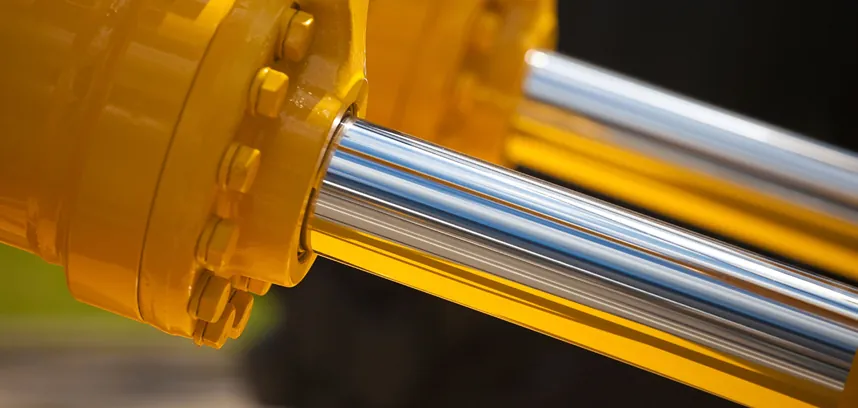Understanding Hydraulic Health And Preventing Accidents
Introduction:
Hydraulic systems play a crucial role in various industries, powering heavy machinery and equipment.
While they offer numerous benefits, it is essential to prioritize hydraulic health and safety to prevent
accidents and ensure the well-being of workers. In this article, we will explore hydraulic safety standards,
the main causes of hydraulic accidents, common hydraulic hazards, and basic preventive measures.
1. Hydraulic Safety Standards:
Adhering to hydraulic safety standards is vital for maintaining a safe work environment.
These standards provide guidelines and regulations to prevent accidents and mitigate risks associated with Hydraulic Systems.
Some prominent hydraulic safety standards include ISO 4413:2010, AS 4024.1603:2014, and NFPA 79.
2. The Main Causes of Hydraulic Accidents:
Understanding the causes of hydraulic accidents is crucial in preventing them.
The following factors are often responsible for hydraulic accidents:
a) High Temperature:
Excessive heat can lead to system failures and pose a significant risk.
It can cause fluid degradation, component malfunctions, and even fires.
Regular monitoring of system temperature and proper cooling measures are essential to prevent accidents.
b) Improper Component Connection:
Incorrect installation or faulty connection of Hydraulic Components can result in leaks,
pressure drops, and sudden failures. Thorough inspection and adherence to
manufacturer guidelines during installation are necessary to avoid accidents.
c) Needle Hole Leakage:
Leaks in hydraulic systems, particularly in needle valves and fittings, can cause fluid spray and pose safety hazards.
Regular inspection, maintenance, and prompt repair of any leaks are vital to prevent accidents.

3. Main Hydraulic Hazards:
Hydraulic systems present various hazards that must be addressed to ensure safety. Some common hydraulic hazards include:
a) High Pressure:
Hydraulic systems operate under high pressure, which, if not properly controlled, can cause severe injuries.
Adequate pressure relief valves, pressure gauges, and safety devices must be in place to prevent accidents.
b) Pinch Points:
Moving parts and components in hydraulic machinery can create pinch points, where workers' body parts can get caught,
leading to injuries. Proper guarding, training, and awareness are necessary to minimize the risk of pinch-point accidents.
c) Fluid Injection Injuries:
Fluid injection injuries occur when high-pressure hydraulic fluid penetrates the skin,
leading to tissue damage and other severe consequences. Proper training, protective clothing,
and adherence to safety protocols are essential to prevent fluid injection accidents.
4. Basic Preventive Measures:
Implementing preventive measures is crucial in maintaining hydraulic health and safety.
Here are some essential steps to consider:
a) Regular Maintenance:
Routine maintenance, including inspections, fluid checks, and component replacements,
helps identify and address potential issues before they escalate into accidents.
b) Training and Education:
Providing comprehensive training and education to workers regarding hydraulic systems,
safety protocols, and emergency procedures is vital for accident prevention.
c) Safety Devices and Equipment:
Installing appropriate safety devices, such as pressure relief valves, pressure gauges,
protective guarding, and emergency stop buttons, enhances hydraulic safety.
d) Risk Assessment:
Conducting thorough risk assessments to identify potential hazards and implementing
appropriate control measures can significantly reduce the risk of accidents.
Conclusion:
Prioritizing hydraulic health and safety is crucial for creating a secure work environment and preventing accidents.
By adhering to hydraulic safety standards, understanding the causes of accidents,
addressing common hazards, and implementing preventive measures,
companies can ensure the well-being of their workers and the smooth operation of hydraulic systems.
Why Choose SAIVS™ as Your Supplier?
With 20 years of industry experience, SAIVS is a leading Chinese manufacturer of high-quality tools, offering competitive pricing and excellent customer service.We pride ourselves on exceptional quality control, extensive experience, and comprehensive after-sales service.